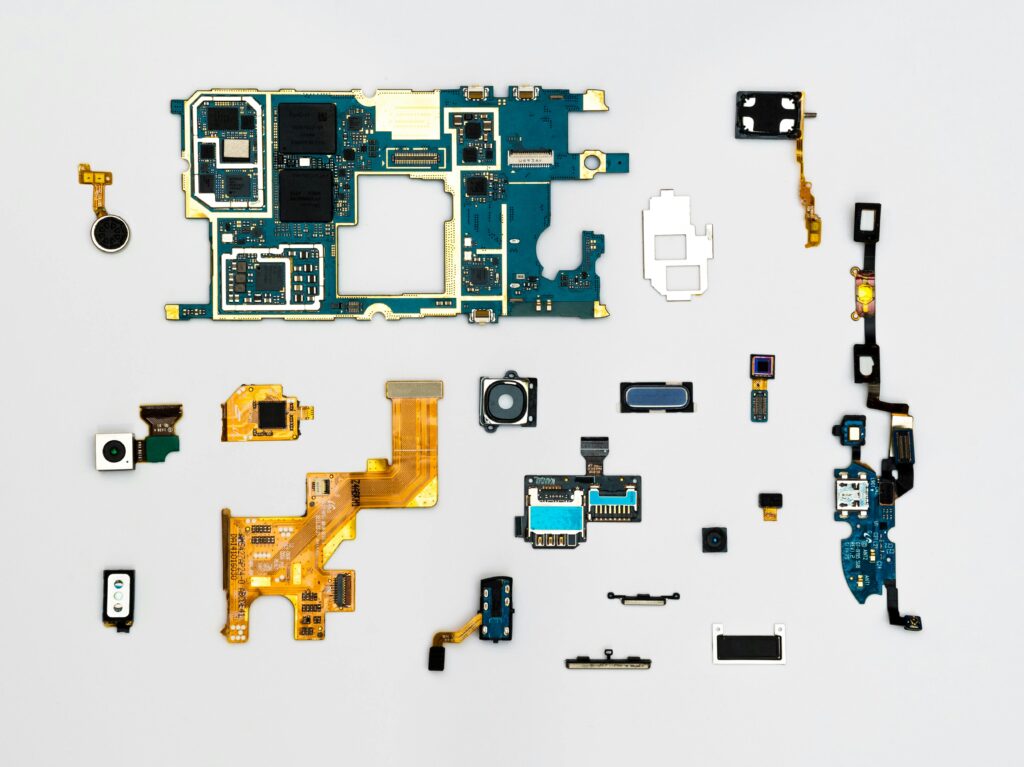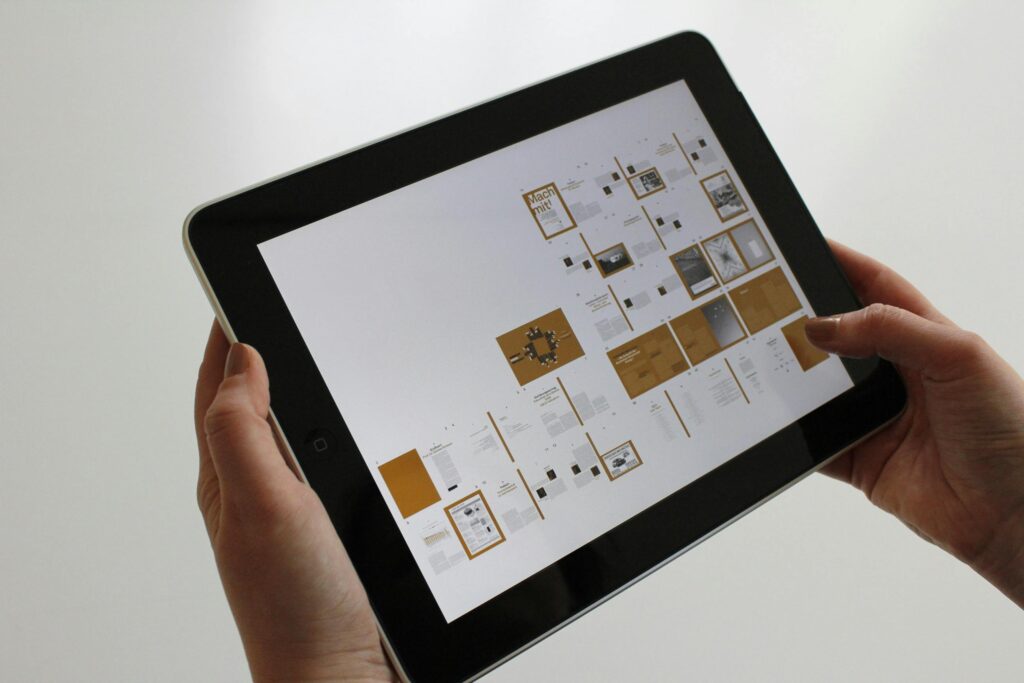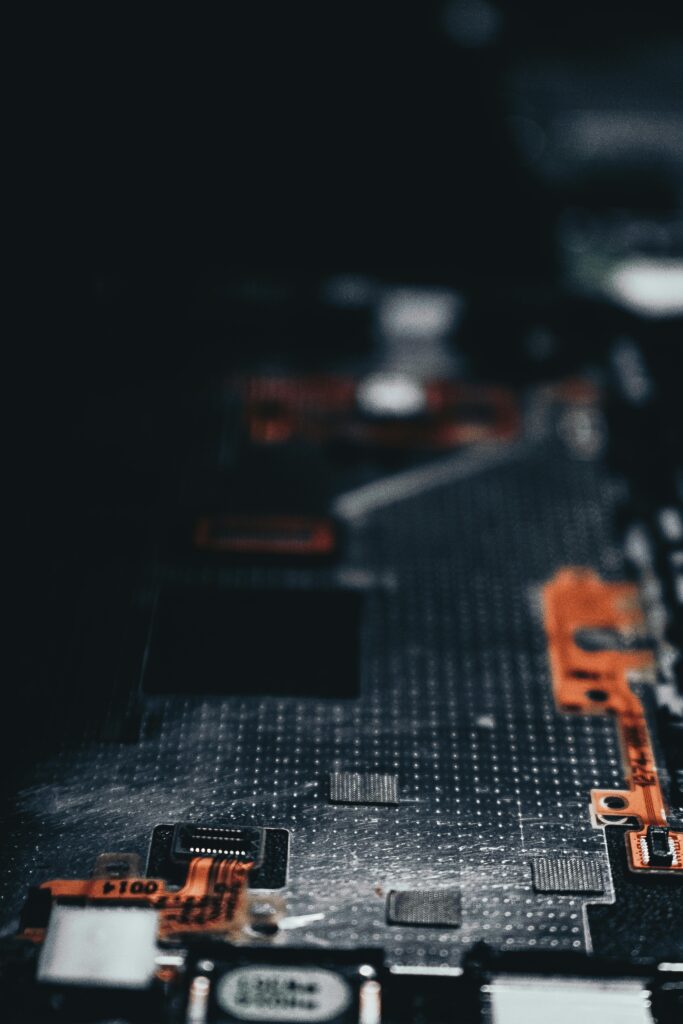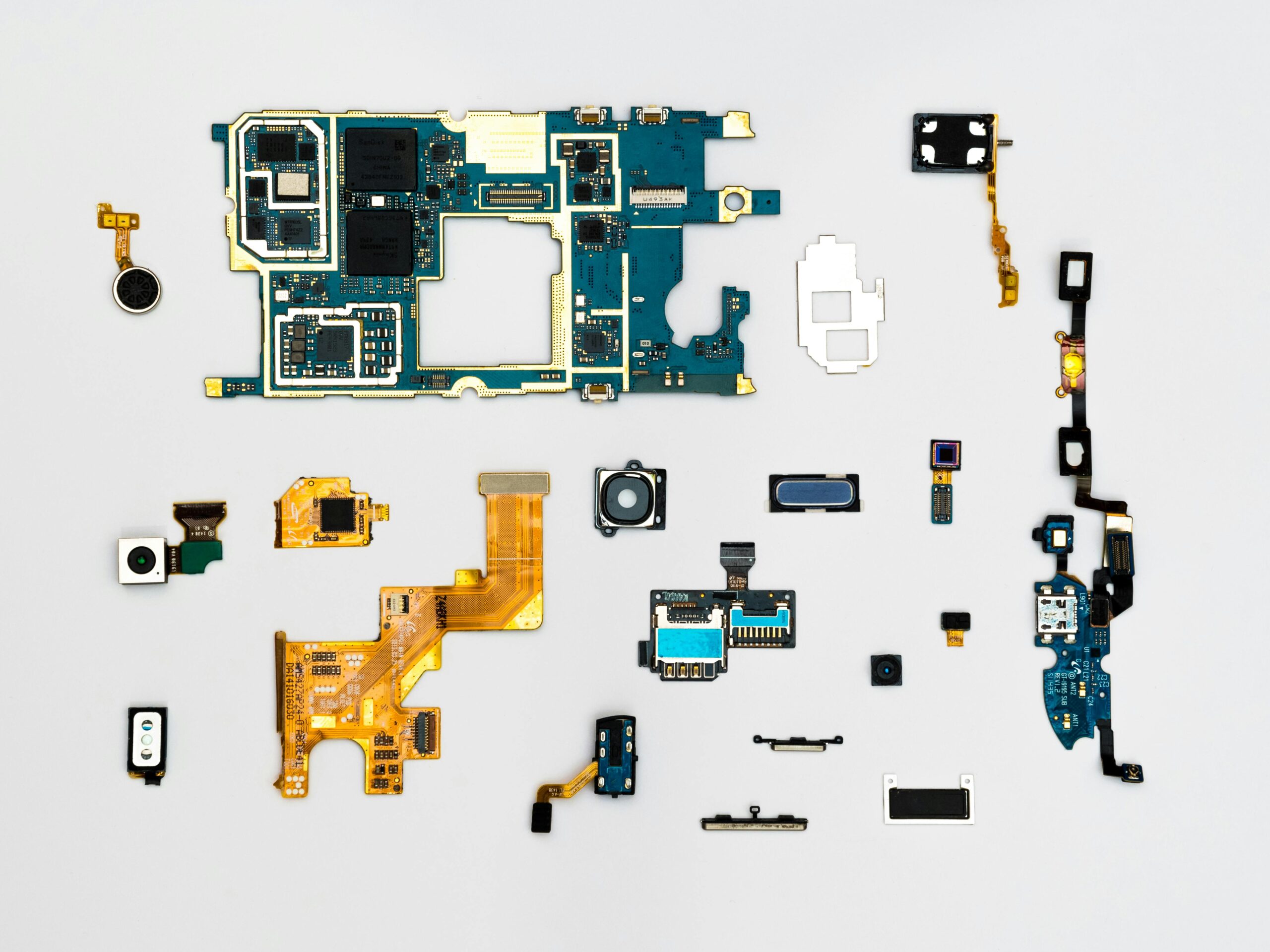The Internet of Things: Transforming Our Connected World
The Internet of Things (IoT) has emerged as a revolutionary concept, fundamentally transforming how we interact with the world around us. This paradigm shift leverages the power of connectivity, enabling everyday objects to communicate and share data over the internet. From smart homes and cities to industrial automation and healthcare, IoT is reshaping various aspects of our lives, bringing unprecedented convenience, efficiency, and innovation.
What is the Internet of Things?
The Internet of Things refers to the network of physical objects—devices, vehicles, buildings, and other items—embedded with sensors, software, and connectivity to exchange data with other devices and systems over the internet. This interconnected ecosystem allows these objects to collect and transmit data, often in real-time, enabling more informed decisions and automated responses.
The Building Blocks of IoT

- Sensors and Actuators: These are the fundamental components of IoT devices. Sensors gather data from the environment, such as temperature, humidity, motion, and light, while actuators perform actions based on the data received, such as adjusting a thermostat or turning on lights.
- Connectivity: IoT devices use various communication protocols, including Wi-Fi, Bluetooth, Zigbee, and cellular networks, to connect and share data. The choice of protocol depends on factors such as range, power consumption, and data transfer rate.
- Data Processing and Analytics: Once data is collected, it needs to be processed and analyzed to extract meaningful insights. This is often done using cloud-based platforms that offer scalable storage and computing power, as well as advanced analytics tools powered by machine learning and artificial intelligence.
- User Interfaces: To interact with IoT devices and monitor their performance, users rely on interfaces such as mobile apps, web dashboards, and voice assistants. These interfaces provide real-time visibility and control over connected devices.
Applications of IoT
The applications of IoT span across various industries, driving innovation and improving efficiency. Here are some notable examples:
- Smart Homes: IoT-enabled devices such as smart thermostats, security cameras, and lighting systems allow homeowners to control and monitor their homes remotely. These devices can learn user preferences and automate routines, enhancing comfort and security.
- Healthcare: Wearable devices and remote monitoring systems collect health data, enabling continuous monitoring of patients and early detection of potential issues. IoT in healthcare can improve patient outcomes, reduce hospital readmissions, and enhance overall healthcare delivery.
- Industrial IoT (IIoT): In manufacturing and industrial settings, IoT technologies enable predictive maintenance, real-time monitoring, and process optimization. This leads to reduced downtime, increased productivity, and cost savings.
- Smart Cities: IoT is at the core of smart city initiatives, with applications ranging from intelligent traffic management and waste management to energy-efficient buildings and public safety systems. These solutions enhance the quality of life for residents and promote sustainable urban development.
- Agriculture: IoT technologies are transforming agriculture through precision farming. Sensors and drones collect data on soil conditions, weather, and crop health, enabling farmers to make data-driven decisions that improve crop yield and resource efficiency.
Challenges and Considerations

Despite its potential, the widespread adoption of IoT comes with several challenges:
- Security and Privacy: With billions of devices connected to the internet, ensuring data security and user privacy is paramount. IoT devices can be vulnerable to cyberattacks, and safeguarding sensitive information is a critical concern.
- Interoperability: The diversity of IoT devices and communication protocols can lead to compatibility issues. Establishing common standards and protocols is essential to ensure seamless integration and interoperability.
- Scalability: As the number of connected devices grows, so does the need for scalable infrastructure to handle the increased data volume and processing requirements. Cloud computing and edge computing solutions play a crucial role in addressing this challenge.
- Power Consumption: Many IoT devices operate on batteries, making energy efficiency a key consideration. Advances in low-power communication technologies and energy harvesting are essential to prolong device lifespan and reduce maintenance costs.
The Future of IoT
The future of IoT holds immense promise, with advancements in technologies such as 5G, artificial intelligence, and blockchain poised to drive further innovation.
The rollout of 5G networks will provide faster, more reliable connectivity, enabling real-time applications and enhancing the performance of IoT devices.
AI and machine learning will unlock new possibilities for predictive analytics and autonomous decision-making, while blockchain can enhance security and transparency in IoT ecosystems.
As IoT continues to evolve, it will play a pivotal role in addressing global challenges, from climate change and resource management to healthcare and urbanization.

By fostering collaboration between technology providers, policymakers, and end-users, we can harness the full potential of IoT to create a more connected, efficient, and sustainable world.
Conclusion
The Internet of Things is transforming our world by connecting the physical and digital realms, enabling smarter, more efficient, and innovative solutions across various domains.
While challenges such as security, interoperability, and scalability remain, the ongoing advancements in technology and collaborative efforts will drive the continued growth and impact of IoT.
we embrace this connected future, the possibilities for improving our lives and addressing global challenges are boundless.
